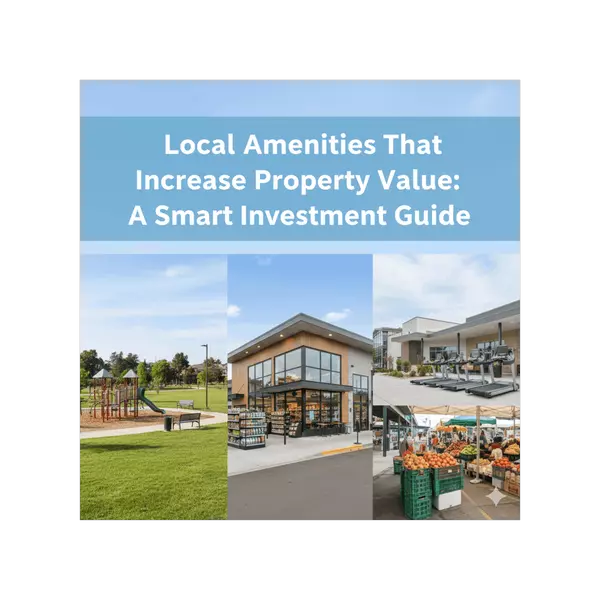
FSBO vs Real Estate Agent: Which Makes You More Money in North Carolina?
When deciding how to sell your home in North Carolina, one of the biggest questions you'll face is whether to go the FSBO vs real estate agent route. This decision can significantly impact your bottom line, timeline, and overall selling experience. As a trusted real estate professional serving Hines
Read More

Pros & Cons of Buying a New Construction Home: Is It Right for You?
Buying a home is one of the biggest decisions anyone can make. When exploring options, many buyers today are drawn toward new construction homes — properties built from the ground up with modern layouts, fresh finishes, and the latest energy-efficient features. But while new builds can be exciting,
Read More

Local Amenities That Increase Property Value: A Smart Investment Guide
When evaluating real estate investments or searching for your dream home, understanding the impact of local facilities on home prices can make the difference between a good purchase and a great one. The relationship between neighborhood amenities and property value isn't just about convenience—it's
Read More

How to Choose the Right Real Estate Agent in Charlotte, NC — What Buyers & Sellers Should Know
Whether you’re buying or selling a home in Charlotte, NC, picking the right real‑estate agent can significantly impact your experience and results. With many buyers and sellers feeling cautious about making a big commitment, you deserve an agent who demonstrates expertise, ethics, and deep local mar
Read More
- 1
- 2
- 3
- 4
- 5
- ...
- 20
Categories
Recent Posts










